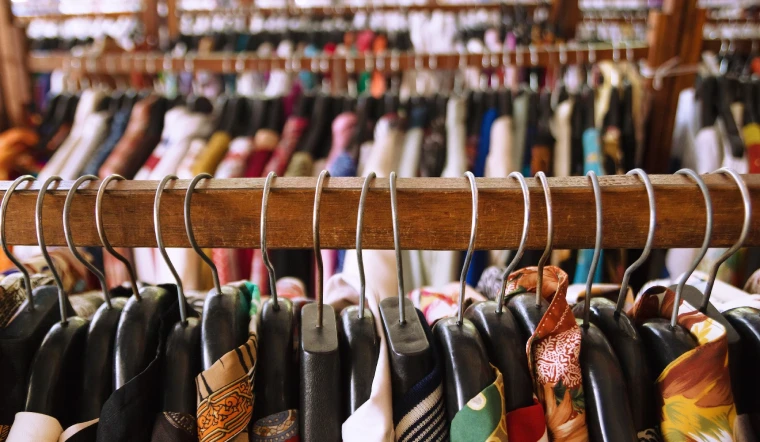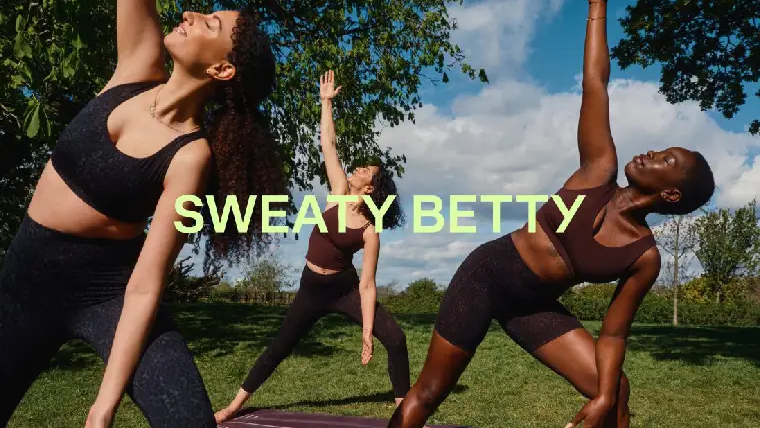As the world grapples with the escalating effects of climate change, industries across the board are being forced to adapt and fashion is no exception. The fashion industry, historically known for its rapid cycles and environmental impact, is now undergoing a significant transformation. This shift is not just in response to consumer demand but also due to the undeniable reality of our changing planet. Let’s explore how climate change is reshaping fashion trends.
Rise of Sustainable and Eco-Friendly Materials
One of the most noticeable shifts in fashion trends due to climate change is the increased use of sustainable and eco-friendly materials. Consumers are becoming more conscious of the environmental impact of their purchases, leading to a rise in demand for materials like organic cotton, hemp, and recycled fibers. Brands are also experimenting with innovative fabrics made from biodegradable or upcycled materials, such as mushroom leather and pineapple leaves. This move towards sustainability reflects a broader awareness of the fashion industry’s carbon footprint and its role in contributing to global warming.
Seasonless Fashion: Adapting to Unpredictable Weather
With climate patterns becoming increasingly erratic, the concept of traditional fashion seasons is slowly becoming obsolete. Designers create seasonless collections that can be worn year-round, regardless of weather conditions. This trend not only caters to the unpredictable climate but also encourages a more sustainable approach to fashion, reducing the need for constant wardrobe updates.
The Shift Towards Local and Ethical Production
As climate change brings to light the environmental cost of fast fashion, there is a growing movement towards local and ethical production. Consumers are increasingly supporting brands that prioritize fair labor practices and reduce their carbon footprint by producing garments closer to home. This shift has led to a resurgence of local craftsmanship and traditional techniques, which are more sustainable and less reliant on the global supply chain. By choosing locally produced fashion, consumers can reduce the environmental impact of their wardrobe while supporting ethical labor practices.
Eco-Conscious Consumer Behavior
The impact of climate change on fashion trends also reflected in changing consumer behavior. More people are adopting minimalist lifestyles, focusing on quality over quantity, and embracing the concept of a capsule wardrobe. This approach not only reduces waste but also encourages a more thoughtful and deliberate approach to fashion consumption. Consumers are now more likely to invest in timeless, durable pieces that can be worn for years, rather than indulging in fleeting trends that contribute to the cycle of fast fashion.
Innovation in Fashion Technology
As the fashion industry seeks to mitigate its environmental impact, technological innovation is playing a key role. Advances in textile technology are leading to the development of new, sustainable materials and production processes. For instance, waterless dyeing techniques, 3D printing, and digital fabric design are becoming more prevalent. It allows designers to create environmentally friendly garments without sacrificing style or quality. These innovations not only help the industry of climate change but also push the boundaries of what fashion can achieve.
The Role of Fashion Activism
Fashion activism has gained momentum as more designers, brands, and consumers use their influence to advocate for environmental and social change. From high-profile campaigns highlighting the environmental cost of fast fashion to grassroots movements promoting sustainable fashion practices, activism is playing a crucial role in shaping the future of the industry. Many fashion brands are now incorporating sustainability pledges into their business models, committing to reduce their carbon footprint, use eco-friendly materials, and support ethical labor practices.
Conclusion: A Future of Responsible Fashion
Climate change is not just altering the way we live; it’s fundamentally transforming the fashion industry. As the industry continues to evolve, it’s clear that the future of fashion lies in responsible, sustainable practices that prioritize the health of our planet and the well-being of those who inhabit it.
For fashion enthusiasts, this is an exciting time a chance to redefine style and also contribute to a better.




